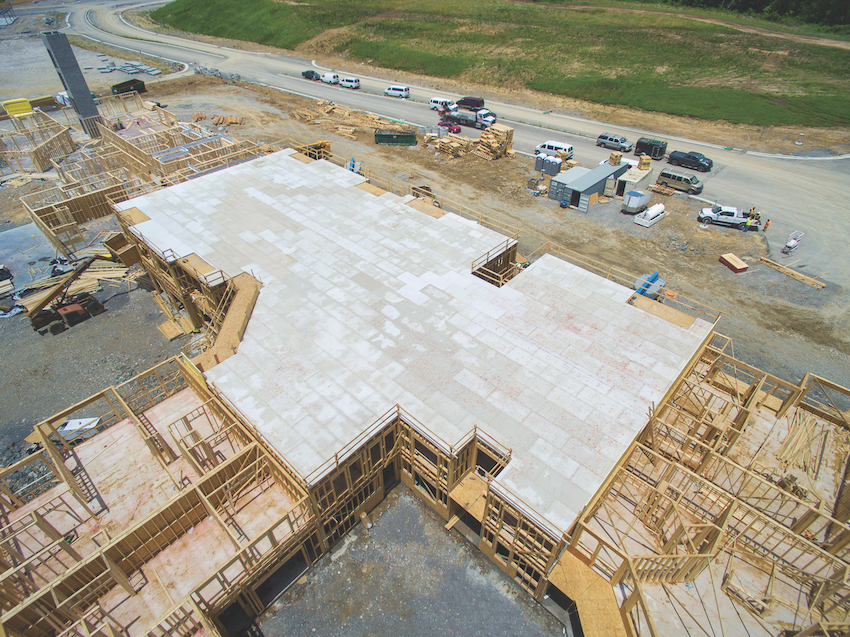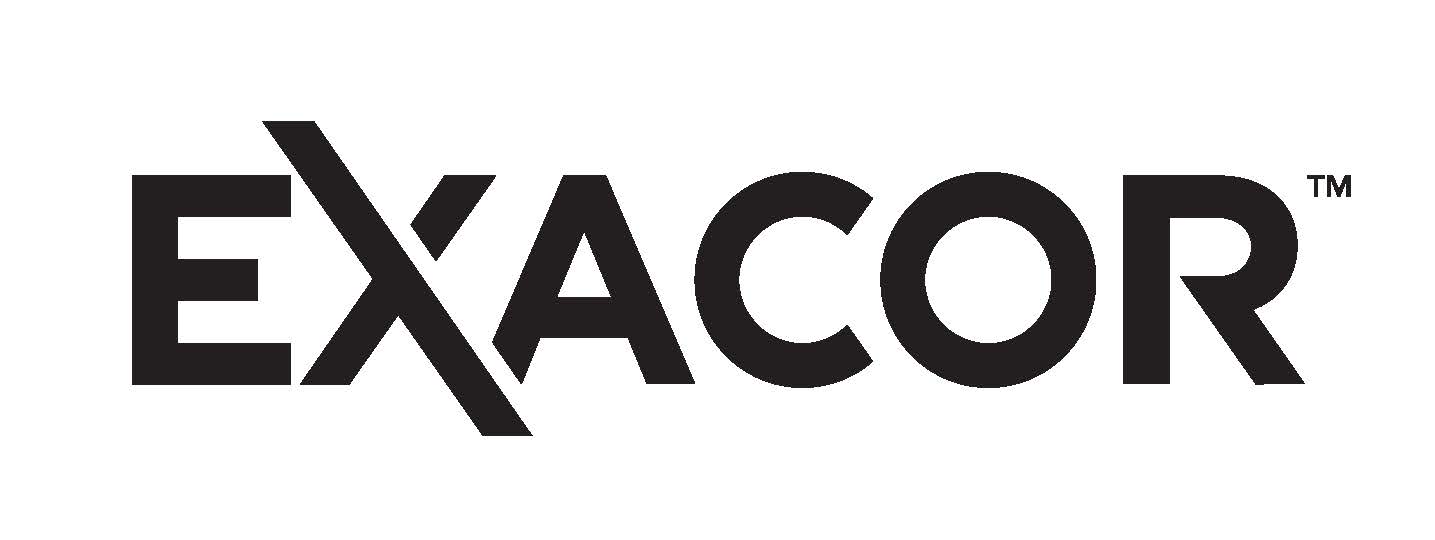
Magnesium Oxide (MgO) Floor and Wall Panels for Multifamily Buildings
Learning Objectives:
- Identify the physical characteristics of magnesium oxide (MgO) panels in terms of their makeup and basic performance attributes for use in floor and wall assemblies in multifamily projects.
- Investigate the fire-resistance capabilities and testing standards that demonstrate the ability for MgO panels to provide fire-rated assemblies in buildings.
- Assess the acoustical capabilities of MgO panels in terms of meeting or exceeding code requirements for multifamily buildings and providing for the welfare of occupants.
- Compare and contrast the use of MgO structural panels with other floor underlayment options, particularly wet-laid gypsum, to specify MgO panels appropriately in multifamily floor assemblies.
Credits:
All multifamily buildings must meet code requirements for fire-resistance between dwelling units, both horizontally (i.e., side by side) and vertically (i.e., above and below). They also need to meet requirements for acoustical performance such that sound transmission between dwelling units is controlled or minimized. The means for constructing these outcomes can vary depending on the types of materials and products used in floor and demising wall assemblies. One product that has been used extensively overseas is now becoming very popular in the United States as well. Boards or panels made from magnesium oxide (MgO) are showing up on projects across the country to act as a subfloor, sheathing, wall board, or underlayment material. In the process, they are bringing enhanced fire-resistance and acoustical performance to many building types, most notably multifamily projects. Based on this emerging popularity, this course looks more closely at designing and constructing with MgO panels. Beginning with a description of the material and its properties, its code compliance characteristics related to fire resistance are discussed. Recognizing the latest code requirements for acoustic control in multifamily buildings, the sound attenuation capabilities are also reviewed.
Finally, a discussion of its installation, particularly compared to other alternatives such as a wet-laid gypsum underlayment, is presented. Overall, the suitability and advantages of using MgO panels is provided for consideration in the specifications and design of multifamily projects all around the country.

Photo courtesy of Huber Engineered Woods, LLC
Shown are magnesium oxide (MgO) subfloor panels being used on a multifamily construction project.

|
Kate Andrews Land is a 15 year veteran of the building products industry. She is now the General Manager of EXACORTM MgO products, Huber Engineered Woods newest product line. She has oversight of all commercial aspects of the product line including product positioning, customer relations, marketing, promotions and communications, and supply chain. Kate also works closely with the production, quality and R&D functions to assure the product line delivers on the technical needs of commercial developers, architects, and general contractors. Kate previously held the positions of Director of Innovation, AdvanTechTM brand Product Director, and Inside Sales Director, at Huber Engineered Woods. She earned an MBA from the Tuck School of Business at Dartmouth College, and received Bachelor and Masters of Science degrees in mechanical engineering from Northwestern and MIT, respectively. |

|
Ben Richardson, is the Technology Manager for EXACOR™ MgO products at Huber Engineered Woods. He joined HEW in 2015 where he started his career as member of the Technical Services team before shifting his focus to innovation and new product development efforts. He earned his Master of Science and Bachelor of Science degrees at Virginia Tech. |

|
Andrew A. Hunt is a multi-functional project manager, writer, and musician with over 15 years’ experience in multi-media production, instructional design, and content development. Andrew heads the content development team at Confluence Communications (www.confluencec.com) producing and delivering multi-media material to clients in both the residential and commercial sector. Andrew has worked for 20 years in the online training field, first helping develop learning management systems, design intuitive navigation elements, implement training programs for commercial clients, and assist clients in meeting internal training goals. Much of this work centered around helping large production home builders provide their employees with relevant best-practice information on new building systems, technologies, and design options. Moving from application to content, Andrew has spent the last 12 years working with media and publishing companies taking his knowledge of green building practices and building science to help craft training courses, articles, videos, podcasts, white papers and reports. |
 |
Made of magnesium oxide (MgO) and an integrated mesh core, EXACOR™ panels are non-combustible and structural, making them a streamlined single-layer solution for a smooth, structural base for floor coverings that can eliminate the need for wet-laid gypsum underlayment. exacor.com |






